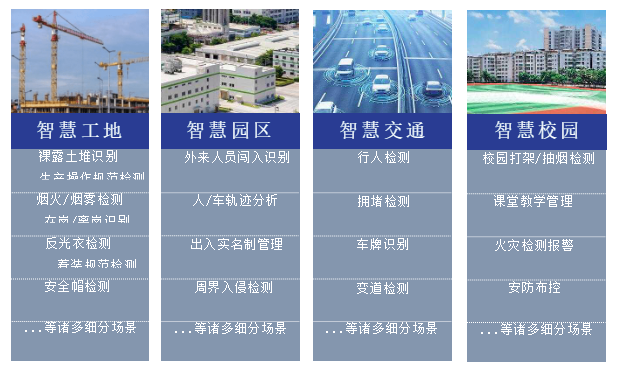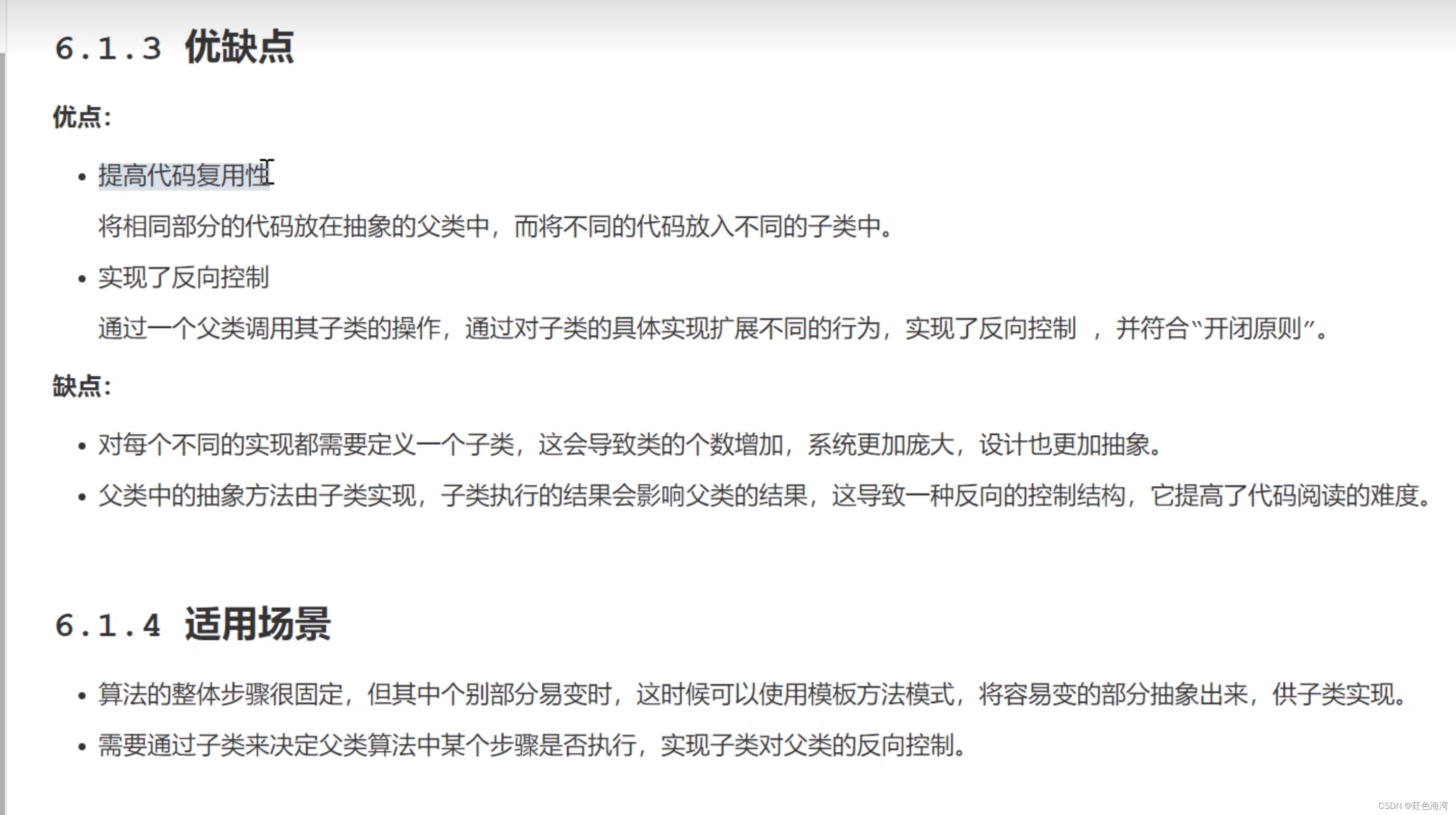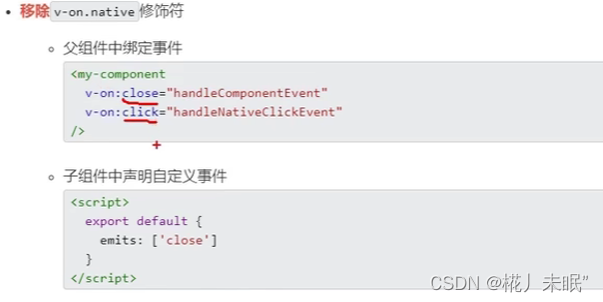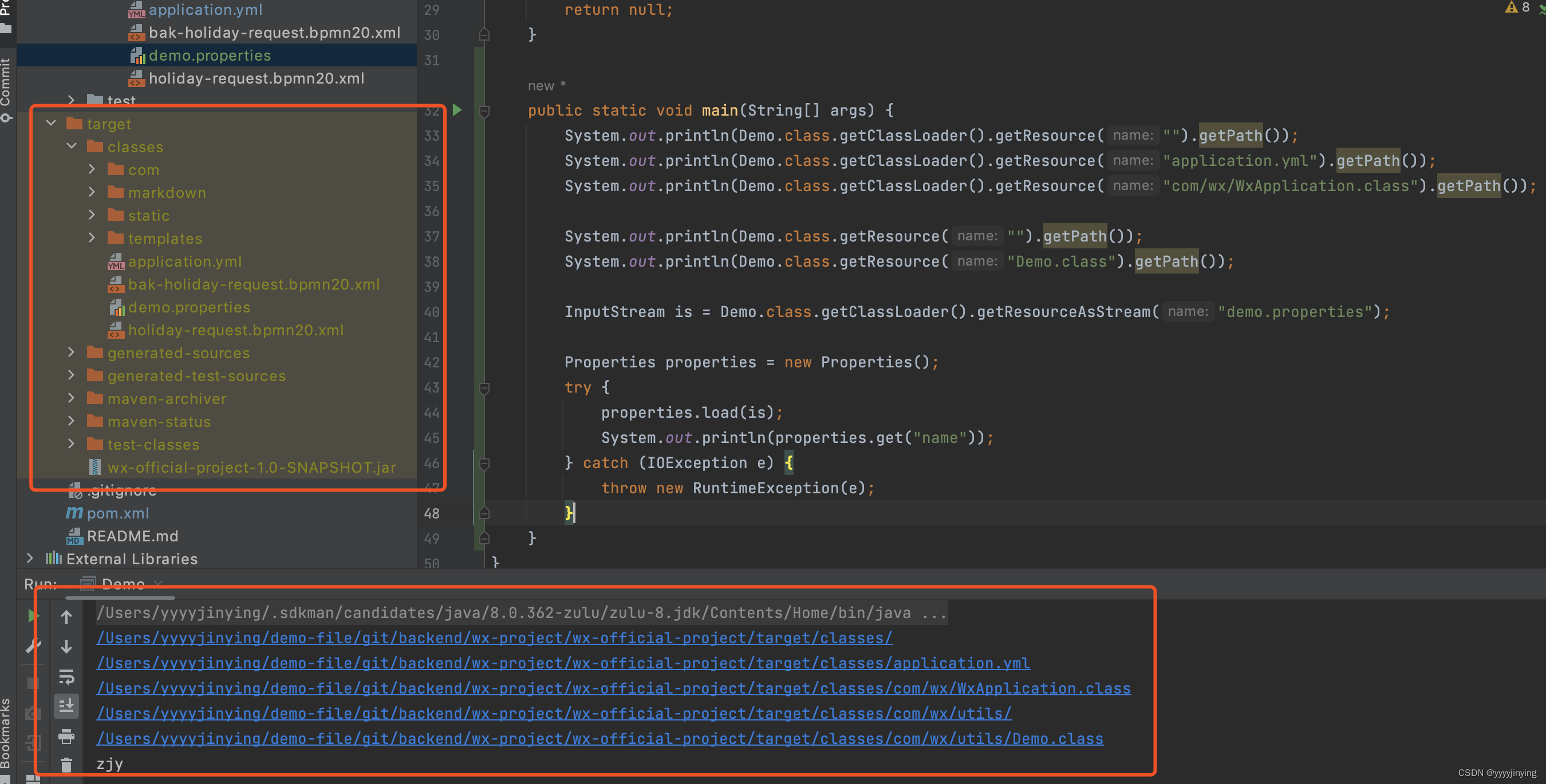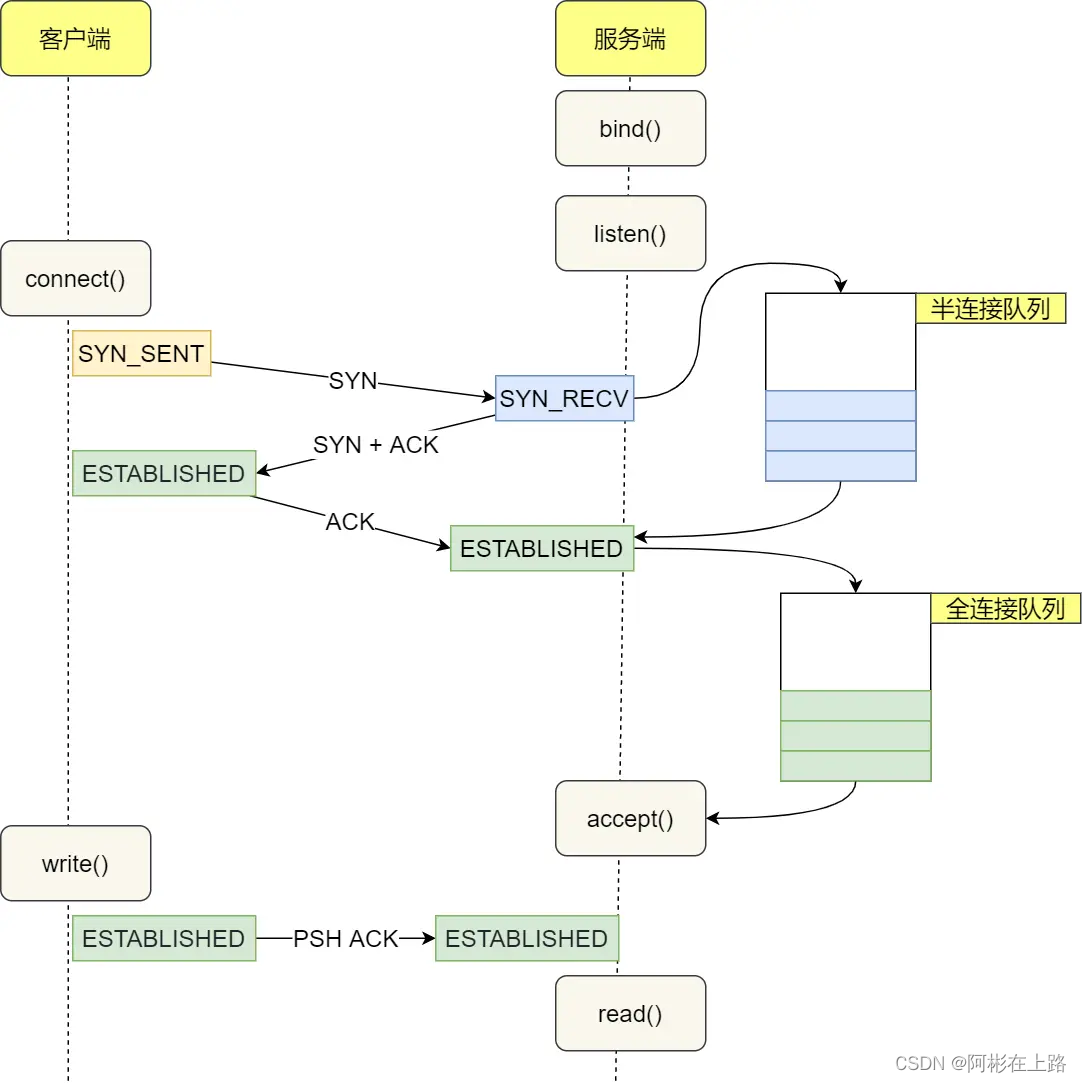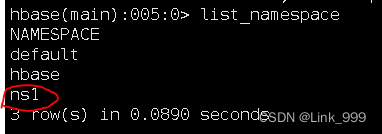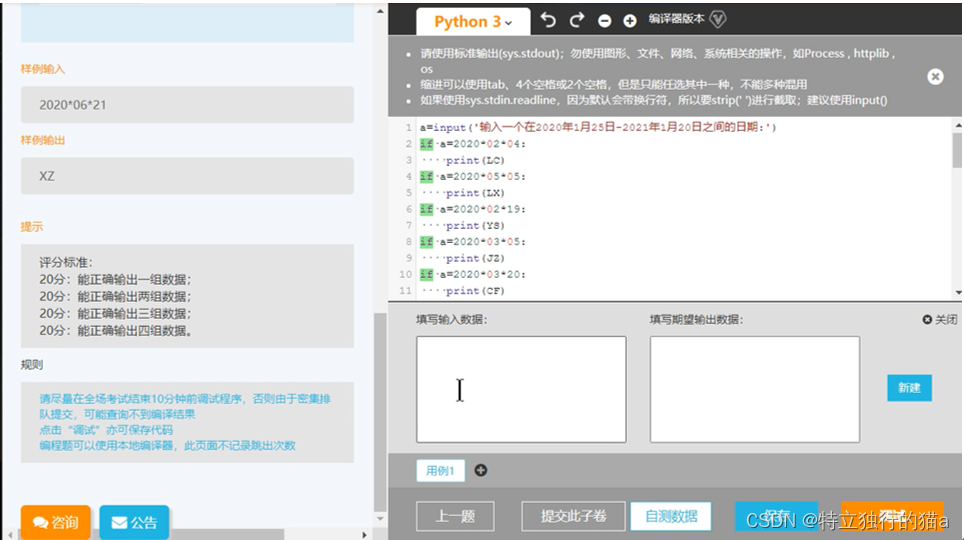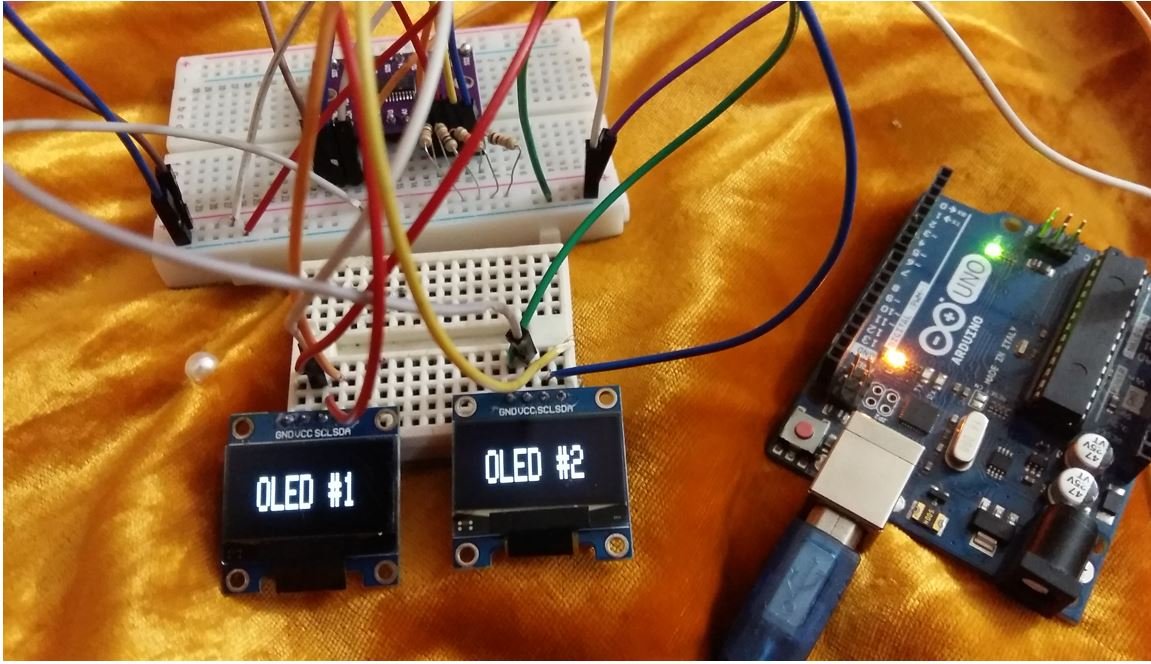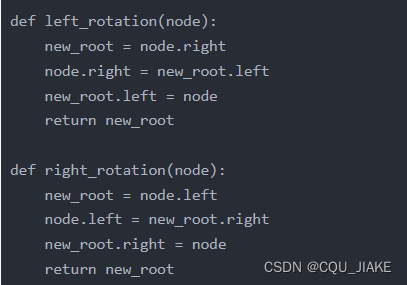模拟退火算法 Simulated Annealing
1. 介绍
模拟退火算法(Simulated Annealing, SA)是一种启发式的优化算法。它适用于在大型离散或连续复杂问题中寻找全局最优解,例如组合优化,约束优化,图问题等。模拟退火是一种随机(概率性)搜索算法,基于物理中固体晶体退火过程的模拟。退火过程中,晶体内部由高能状态向低能状态演化,最终在足够低的温度时稳定在能量最低的状态。
模拟退火算法的主要思想是在搜索过程中接受比当前解差的解,以跳出局部最优。具体来说,模拟退火算法过程如下:
-
初始化设置:设置初始解、初始温度、温度衰减系数,最低温度等参数。
-
在当前温度下,随机选取一个邻近解并计算其能量变化量。
-
如果能量降低(对于最小化问题),则接受该解作为当前解;如果能量增加,则以一定的概率(通常依赖于温度和能量变化量)接受该解。
-
更新温度(通常为当前温度乘以衰减系数)。
-
重复步骤2-4,直到温度降至最低温度并稳定。
-
输出最佳解。
模拟退火算法的关键在于选择合适的初始温度、衰减系数和结束条件,以及针对问题的邻近解生成策略和概率接受函数。
2. 经典应用
接下来,我们将以三个经典问题为例,展示如何使用模拟退火算法求解。
2.1 旅行商问题(TSP)
旅行商问题即求解在给定城市、距离的情况下,找到一条道路,使得从起点出发,经过所有城市后回到起点,且总距离最短。
import random
import math
import numpy as np
# 计算路径长度
def calculate_distance(path, distance_matrix):
distance = 0
for i in range(len(path)-1):
distance += distance_matrix[path[i]][path[i+1]]
distance += distance_matrix[path[-1]][path[0]]
return distance
# 邻近解生成策略:交换两个城市的位置
def generate_neighbor(path):
new_path = path.copy()
i, j = random.sample(range(len(path)), 2)
new_path[i], new_path[j] = new_path[j], new_path[i]
return new_path
# 模拟退火算法求解TSP问题
def simulated_annealing_tsp(distance_matrix, initial_temperature, min_temperature, cooling_factor, max_iteration):
n = len(distance_matrix)
current_path = list(range(n))
random.shuffle(current_path)
current_distance = calculate_distance(current_path, distance_matrix)
temperature = initial_temperature
best_path = current_path[:]
best_distance = current_distance
for it in range(max_iteration):
if temperature < min_temperature:
break
new_path = generate_neighbor(current_path)
new_distance = calculate_distance(new_path, distance_matrix)
delta_distance = new_distance - current_distance
if delta_distance < 0:
current_path = new_path
current_distance = new_distance
if new_distance < best_distance:
best_path = new_path[:]
best_distance = new_distance
else:
prob = math.exp(-delta_distance / temperature)
if random.random() < prob:
current_path = new_path
current_distance = new_distance
temperature *= cooling_factor
return best_path, best_distance
# 用随机距离矩阵测试
n = 10
distance_matrix = np.random.randint(1, 100, size=(n, n))
initial_temperature = 1000
min_temperature = 1e-6
cooling_factor = 0.99
max_iteration = 10000
best_path, best_distance = simulated_annealing_tsp(distance_matrix, initial_temperature, min_temperature, cooling_factor, max_iteration)
print('Best path:', best_path)
print('Best distance:', best_distance)
2.2 函数寻优
给定一个连续空间的实数函数f(x),求解其在给定区间上的最小值。
import random
import math
# 定义函数
def f(x):
return x * x - 4 * x + 4
def generate_neighbor(x, step):
return x + random.uniform(-step, step)
def simulated_annealing_function_optimization(f, initial_temperature, min_temperature, cooling_factor, max_iteration, search_interval, neighbor_step):
current_x = random.uniform(search_interval[0], search_interval[1])
current_y = f(current_x)
temperature = initial_temperature
best_x = current_x
best_y = current_y
for it in range(max_iteration):
if temperature < min_temperature:
break
new_x = generate_neighbor(current_x, neighbor_step)
if new_x < search_interval[0] or new_x > search_interval[1]:
continue
new_y = f(new_x)
delta_y = new_y - current_y
if delta_y < 0:
current_x = new_x
current_y = new_y
if new_y < best_y:
best_x = new_x
best_y = new_y
else:
prob = math.exp(-delta_y / temperature)
if random.random() < prob:
current_x = new_x
current_y = new_y
temperature *= cooling_factor
return best_x, best_y
initial_temperature = 1000
min_temperature = 1e-6
cooling_factor = 0.99
max_iteration = 10000
search_interval = [0, 5]
neighbor_step = 0.1
best_x, best_y = simulated_annealing_function_optimization(f, initial_temperature, min_temperature, cooling_factor, max_iteration, search_interval, neighbor_step)
print('Best x:', best_x)
print('Best y:', best_y)
2.3 定点覆盖问题
给定一个二维平面,有若干个点和一定数量的覆盖盒。要求通过移动覆盖盒的位置使得尽可能多的点被覆盖。覆盖盒的形状为边长为1的正方形。
import random
import math
def point_covered(points, box):
# 判断点是否在覆盖盒内
return sum([1 for p in points if box[0] <= p[0] <= box[0]+1 and box[1] <= p[1] <= box[1]+1])
def generate_neighbor(box, step):
# 随机生成一个相邻覆盖盒
return (box[0] + random.uniform(-step, step), box[1] + random.uniform(-step, step))
def simulated_annealing_point_cover(points, n_boxes, initial_temperature, min_temperature, cooling_factor, max_iteration, neighbor_step):
boxes = [(random.uniform(0, 5), random.uniform(0, 5)) for _ in range(n_boxes)]
temperature = initial_temperature
# 当前解:覆盖的点数量和覆盖盒集合
current_cover = sum([point_covered(points, box) for box in boxes])
current_boxes = boxes
# 迭代过程
for it in range(max_iteration):
if temperature < min_temperature:
break
# 随机选择一个覆盖盒生成相邻解
idx = random.randrange(len(boxes))
new_box = generate_neighbor(boxes[idx], neighbor_step)
new_boxes = boxes[:]
new_boxes[idx] = new_box
new_cover = sum([point_covered(points, box) for box in new_boxes])
delta_cover = new_cover - current_cover
if delta_cover > 0:
current_boxes = new_boxes
current_cover = new_cover
else:
prob = math.exp(delta_cover / temperature)
if random.random() < prob:
current_boxes = new_boxes
current_cover = new_cover
temperature *= cooling_factor
return current_boxes
# 生成点集
points = [(random.uniform(0, 5), random.uniform(0, 5)) for _ in range(50)]
n_boxes = 5
initial_temperature = 1000
min_temperature = 1e-6
cooling_factor = 0.99
max_iteration = 10000
neighbor_step = 0.1
result = simulated_annealing_point_cover(points, n_boxes, initial_temperature, min_temperature, cooling_factor, max_iteration, neighbor_step)
print(result)
以上三个案例展示了如何使用模拟退火算法求解旅行商问题、函数寻优以及定点问题。请注意,模拟退火算法在每个问题中的效果取决于选择的初始参数和邻近解生成策略。
如果你想更深入地了解人工智能的其他方面,比如机器学习、深度学习、自然语言处理等等,也可以点击这个链接,我按照如下图所示的学习路线为大家整理了100多G的学习资源,基本涵盖了人工智能学习的所有内容,包括了目前人工智能领域最新顶会论文合集和丰富详细的项目实战资料,可以帮助你入门和进阶。
链接: 人工智能交流群(大量资料)



